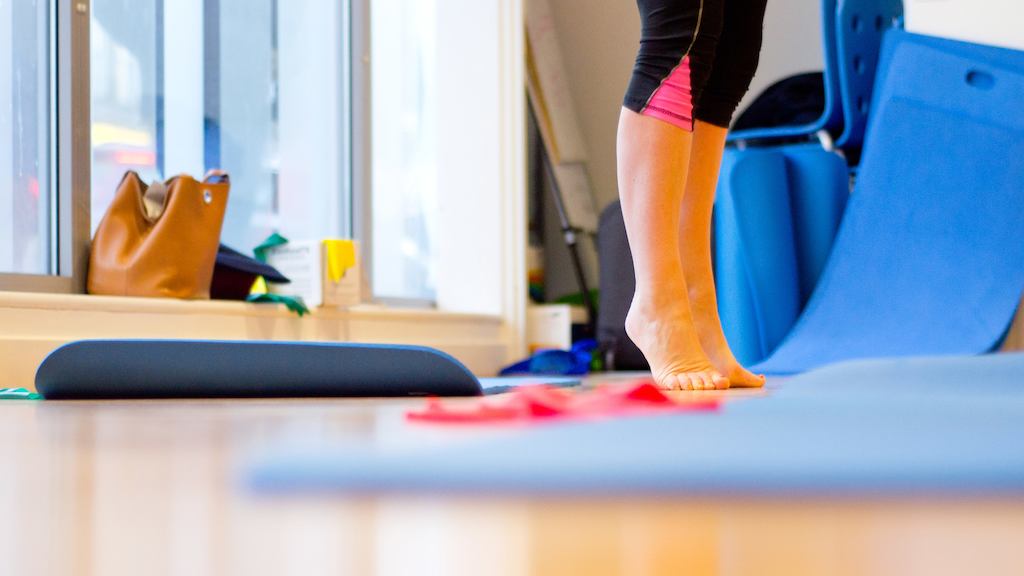Question. Which of the following two activities do you think help improve your balance?
- Swimming
- Running/jogging
- Golf
- Dancing
- Rowing
Keep reading to find out – the answer may surprise you.
When people think about what they need to do to keep physically active in later life, most know they should be doing some kind of aerobic activity like cycling, walking or playing a sport. But it’s not all about cardio!
The Chief Medical Officers’ physical activity guidelines for adults and older adults emphasise that we should also minimise our time spent sitting down and do activities that improve our strength and balance – like carrying heavy shopping or doing Tai Chi or dance. But very few people – even health professionals – know about these guidelines or what activities they should be doing to improve their strength and balance.
This is why the Centre for Ageing Better has, in partnership with Public Health England, commissioned an expert review of muscle and bone strengthening and balance activities. The review will not only look at the evidence base, it will also make recommendations for practical action by individuals, practitioners and policy makers. The review is being led by Dr Charlie Foster from the Centre for Exercise, Nutrition and Health Sciences, at the University of Bristol working with a team of UK academics and practitioners and is due to publish in early 2018.
We know that maintaining and improving muscle strength and balance is important for individual wellbeing and helps people in later life continue being able to carry out daily tasks and remain independent. We also know that low muscle strength and poor balance are two of the biggest modifiable risk factors for falls.
Falls are common among people in later life and have a big impact on individuals. People who have had a fall often lose confidence and mobility and may need extra help with activities of daily living. Falls are also very expensive for our health and social care system – they are responsible for 95% of all hip fractures which cost the NHS more than £1 billion a year.
Despite the important role strength and balance play in helping people in later life stay healthy and remain independent, very few people carry out activities to improve their strength and balance. Just 15% of men and 9% of women over the age of 65 meet the CMOs’ guidelines on muscle strengthening. Even more starkly, 83% of those over the age of 75 do no activities at all to improve their balance.
The fact is that these guidelines are largely overlooked by health professionals and commissioners when it comes to planning and supporting people to improve their health and wellbeing in later life.
This is why this review is so timely – it will help provide greater clarity to the public and health professionals about the benefits of strength and balance and will give practical recommendations about what activities are the most effective and how they can be incorporated into our routine physical activity. Only when more people are aware and more areas are providing programmes for strength and balance training will we be able to make strength and balance a normal part of keeping physically active, rather than a fun guessing game many probably don’t know the answer to.
Oh, and the answer? Golf and dancing.


